A guide to Joshua Tree National Park photography and how to get the best out of your visit to this unique landscape. The best times to visit and suggestions for the best equipment to bring.
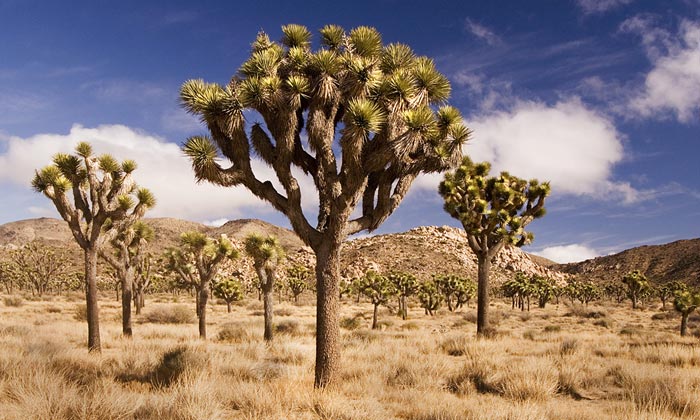
Out in the middle of Southern California, not far from Palm Springs, is one of the best places to find great numbers of mature Yucca brevifolia, in Joshua Tree National Park. The Joshua tree is a symbol of the Mojave Desert, growing in large stands across higher elevations of Southern California deserts.
This strange-looking tree is not a tree at all, but a giant member of the lily family, its branches covered with needle-sharp daggers.
Located a hundred miles east of Los Angeles, Joshua Tree National Park is a large park. From north to south, it’s over fifty miles from the Joshua Tree entrance to the Cottonwood Springs entrance. From east to west, the park is seventy miles long. Joshua Tree National Park covers 800,000 acres. Except for the road corridors, 75 percent of the park is federally-designated wilderness. For photographers, Joshua Tree National Park Photography has to be up high on everyone’s list of places to visit!
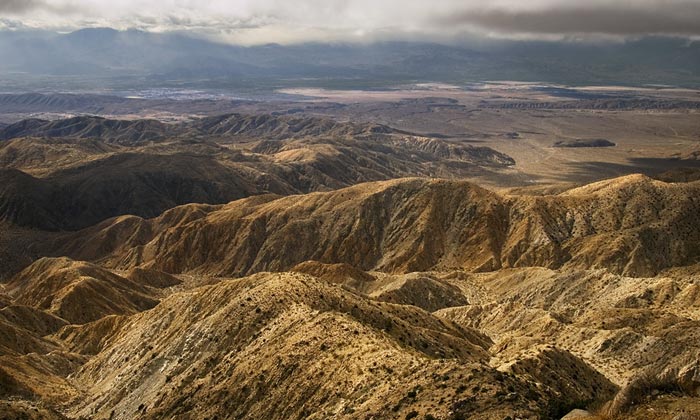
There are five peaks over 5,000 feet in elevation in Joshua Tree Park. Temperatures in mid-summer can top 110 degrees Fahrenheit and can drop below freezing in mid-winter when snow is not unusual on these desert landscapes. In a single day, the temperature can vary as much as 50 degrees Fahrenheit.
Early spring and late fall are the best times to visit Joshua Tree. Avoid mid-summer visits, as it can be dangerously hot.
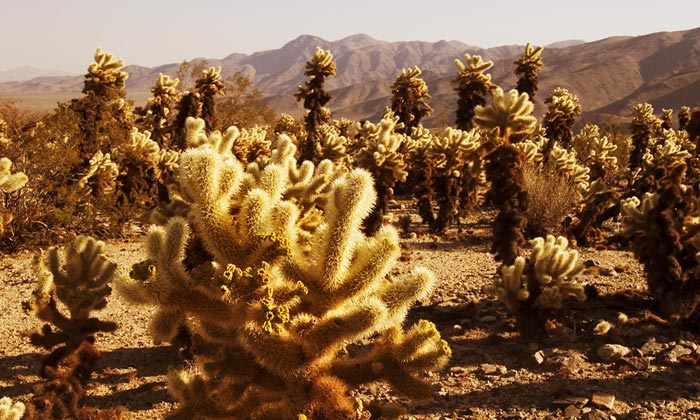
Cacti store large quantities of moisture to survive long periods of drought. Barrel cactus swell up after a rain. Their sharp spines protect them from thirsty desert creatures. Plants, like the ocotillo and the creosote bush, lie dormant for months, waiting for rain, and then grow quickly until the next drought.
Desert wildflowers, the annuals, lie buried as seeds in the desert soil until enough rain falls to start their germination. They bloom quickly, producing seeds that fall back into the soil to wait for the next rain. Sometimes it takes years before a heavy rainfall, like the winter and spring storms of 2005, washes off the resinous coatings on buried wildflower seeds.
Enough rain usually falls on the desert each winter to bring up at least a few wildflowers. All nature photographers dream of a making a trip to the southwest deserts just after the hundred-year rain.
Desert wildflower season usually starts across Joshua Tree’s low, southern regions of the park in late February.
The color peaks in the higher elevations in late March and early April, depending on the amount of winter rainfall. In the spring of 2005, almost ten inches of rain fell on Joshua Tree National Park. The wildflower displays were the best seen in southern California in many years.
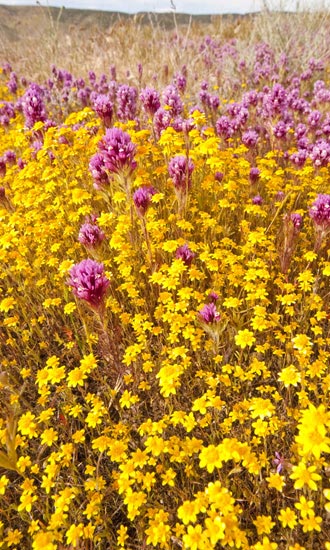
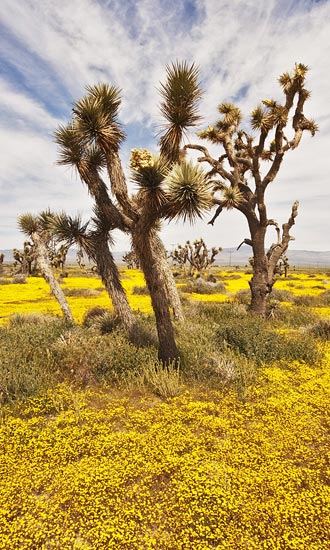
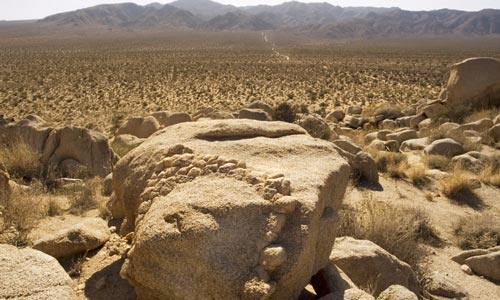
Joshua Tree National Park Photography Tips
When I first arrive to photograph a location, I try to get the lay of the land. After spreading out a map of the area, I decide where I want to start and in which direction I want go. I drive as far as I can by utilizing the main roads through the area I’ll be shooting. I look for locations to return to later in the week for sunrise and sunset photography.
If that leaves a lot of time in the middle of a day, I can explore back country or off-road locations and hike a few trails looking for more locations for sunrises and sunsets.
Since much of my desert photography is done in the middle of winter, the low angle of a winter sun, even in the middle of the day, casts long shadows, adding a lot of snap and an extra feeling of depth to wide-angle landscape photography.
An overcast day flattens the light and reduces the range of light across a landscape. Panoramic scenes are often too flat on a hazy or cloudy day. Without strong, directional light, I concentrate on smaller scenes, like wildflowers, cactus patterns, or a small grove of desert palms around a desert spring.
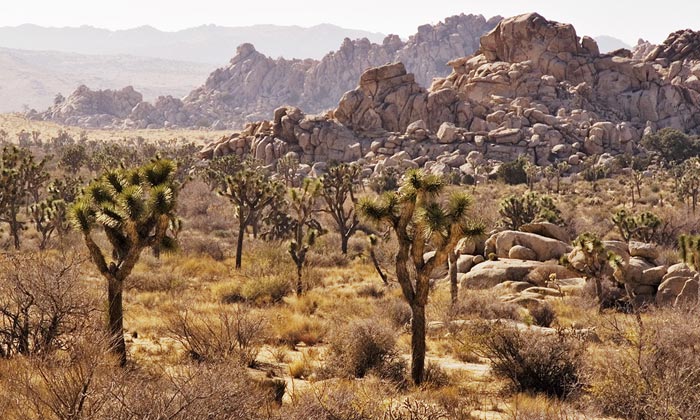
West of Jumbo Rocks Campground, the largest campground in the park with 125 sites, is a side road heading south with a sign at the turn marking the Geology Tour Road.
If you have a vehicle with good ground clearance or four-wheel drive, this unpaved, eighteen-mile round trip is worth a half-day or longer…and a good suggestion if you are planning a Joshua Tree National Park Photography trip. A small kiosk at the junction has a box usually filled with brochures describing sixteen stops along this eighteen-mile motor tour.
This brochure has information about the geology of this park and explains how the boulders here were formed.
by Robert Hitchman, Photograph America

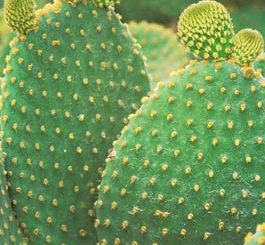
Leave a Reply